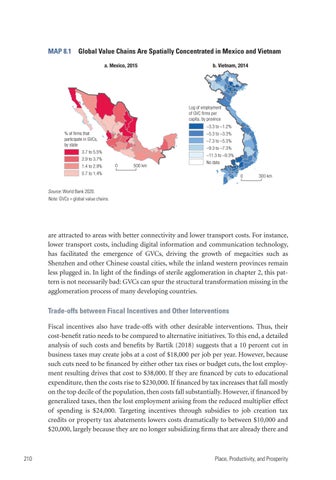MAP 8.1 Global Value Chains Are Spatially Concentrated in Mexico and Vietnam a. Mexico, 2015
b. Vietnam, 2014
Log of employment of GVC firms per capita, by province –3.3 to –1.2% % of firms that participate in GVCs, by state 3.7 to 5.5%
–5.3 to –3.3% –7.3 to –5.3% –9.3 to –7.3% –11.3 to –9.3%
2.9 to 3.7% 1.4 to 2.9%
0
500 km
No data
0.7 to 1.4%
0
300 km
Source: World Bank 2020. Note: GVCs = global value chains.
are attracted to areas with better connectivity and lower transport costs. For instance, lower transport costs, including digital information and communication technology, has facilitated the emergence of GVCs, driving the growth of megacities such as Shenzhen and other Chinese coastal cities, while the inland western provinces remain less plugged in. In light of the findings of sterile agglomeration in chapter 2, this pattern is not necessarily bad: GVCs can spur the structural transformation missing in the agglomeration process of many developing countries.
Trade-offs between Fiscal Incentives and Other Interventions Fiscal incentives also have trade-offs with other desirable interventions. Thus, their cost-benefit ratio needs to be compared to alternative initiatives. To this end, a detailed analysis of such costs and benefits by Bartik (2018) suggests that a 10 percent cut in business taxes may create jobs at a cost of $18,000 per job per year. However, because such cuts need to be financed by either other tax rises or budget cuts, the lost employment resulting drives that cost to $38,000. If they are financed by cuts to educational expenditure, then the costs rise to $230,000. If financed by tax increases that fall mostly on the top decile of the population, then costs fall substantially. However, if financed by generalized taxes, then the lost employment arising from the reduced multiplier effect of spending is $24,000. Targeting incentives through subsidies to job creation tax credits or property tax abatements lowers costs dramatically to between $10,000 and $20,000, largely because they are no longer subsidizing firms that are already there and
210
Place, Productivity, and Prosperity

